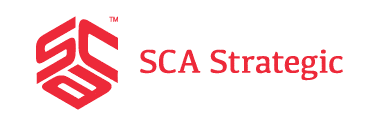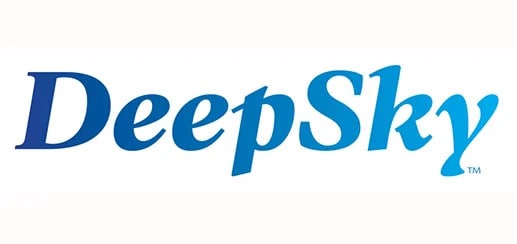As an e-commerce business owner, you need inventory management beyond tracking products. Here’s how to best manage inventory.
If you manage inventory well, you’ll consistently have information at your fingertips about which products are in stock and in demand. You’ll avoid the common e-commerce pitfalls of stockouts and overstocking while putting your customers at ease, knowing they’ll always receive what they order.
Here’s how to focus on and choose an inventory management system.
Why Care About Inventory Management?
There are numerous benefits to having a reliable inventory management system for your e-commerce business. Instead of just settling for whatever has worked “good enough” in the past, you might be facing a turning point in your industry where inventory is what sets you apart from the competition.
Consider these top reasons why e-commerce business owners level up their inventory game:
- Avoid stockouts, which lead to missed sales, late deliveries, and angry customers.
- Avoid excess stock to reduce costs and losses due to spoilage or declining demand.
- Faster order fulfillment and shipping times.
- Cut storage costs for less waste and higher profits.
- Better informed decision-making about restocking strategies based on real-time data.
- Happier customers who receive what they ordered on time and write positive reviews.
7 Inventory Challenges to Avoid
E-commerce business owners face no shortage of ongoing challenges; let’s not make inventory one of them.
When you work with Warehousing and Fulfillment to improve your inventory management, you can avoid these seven issues that are all too common in the e-commerce industry.
- Spoilage of perishable items
- Shifting trends that make excess inventory obsolete
- Poor predictions of consumer demands
- Confusion in managing inventory across multiple platforms
- Overwhelm in managing more SKUs as your online store expands
- Shipping errors, delays, and wrongly-priced items
- Inability to scale inventory as you offer additional products
4 Types of E-Commerce Inventory to Focus On
Regardless of what you’re selling, e-commerce businesses must simultaneously focus on four aspects to address the full scope of selling products online. Let’s explore those types and why they matter.
- Raw materials used to produce or assemble your products
- Work-in-progress products in the manufacturing or assembly stage
- Tools and equipment that keep operations running smoothly
- Finished products ready for sale in your online store and customer delivery
Many e-commerce businesses make the mistake of focusing only on finished product inventory without keeping adequate track of everything that goes into making those products. However, even slight hiccups in inventorying other essential materials and supplies along the way can throw your entire production off balance, even with the best tracking and monitoring systems in place.
DIY Inventory Management vs. Outsourcing
There comes a time in every e-commerce business’s operations to decide whether to outsource certain tasks or handle them in-house. Inventory management is no exception, as this is a crucial decision with pros and cons on each side of the debate.
DIY Inventory Management
Pros:
- Greater control over your stock
- Direct access to your products
- Save money on third-party fees
- Greater flexibility and customization opportunities
Cons:
- Diverts focus away from other aspects of your business
- Upfront costs for your own racks, shelves, and security system
- Challenging to scale up as your business grows
Outsource Inventory Management
Pros:
- Tap into the expertise of inventory specialists
- Save money on warehouse space, equipment, and inventory-dedicated staffing
- More time to focus on your own core competencies and business strategy
- Use advanced technologies to make inventory more accurate
- Easier transition to scale your business with future growth
Cons:
- Loss of personal control over the inventory process
- Having to depend on a third-party provider who has yet to earn your trust
- Potential leaks of confidential or sensitive inventory data
- Additional costs required according to your contract
- Good communication and collaboration required for seamless operations
5 Steps to Successful Inventory Management
Whether you decide to handle inventory management yourself or hire an outside company to manage it for you, specific steps are required to ensure accurate stock counts and smooth order fulfillments.
Here are five steps necessary for e-commerce inventory management in today’s competitive climate:
- Organize your inventory with labels, categories, barcodes, and RFID technology.
- Analyze historical data, market trends, and customer feedback to forecast demand.
- Audit inventory to identify discrepancies, prevent theft, and improve stock control.
- Invest in software to automate and streamline inventory tasks.
- Evaluate reporting data to make informed decisions and refine inventory strategies.
We Can Improve Your E-commerce Inventory Management
Warehousing and Fulfillment offers comprehensive services to help you improve your e-commerce business’s inventory management.
We specialize in matching e-commerce companies like yours to the highest-quality vendors that are thoroughly screened and offer competitive prices. Our network of inventory management companies and solutions incorporate the latest technology to deliver results and reports that help you make timely decisions.

















